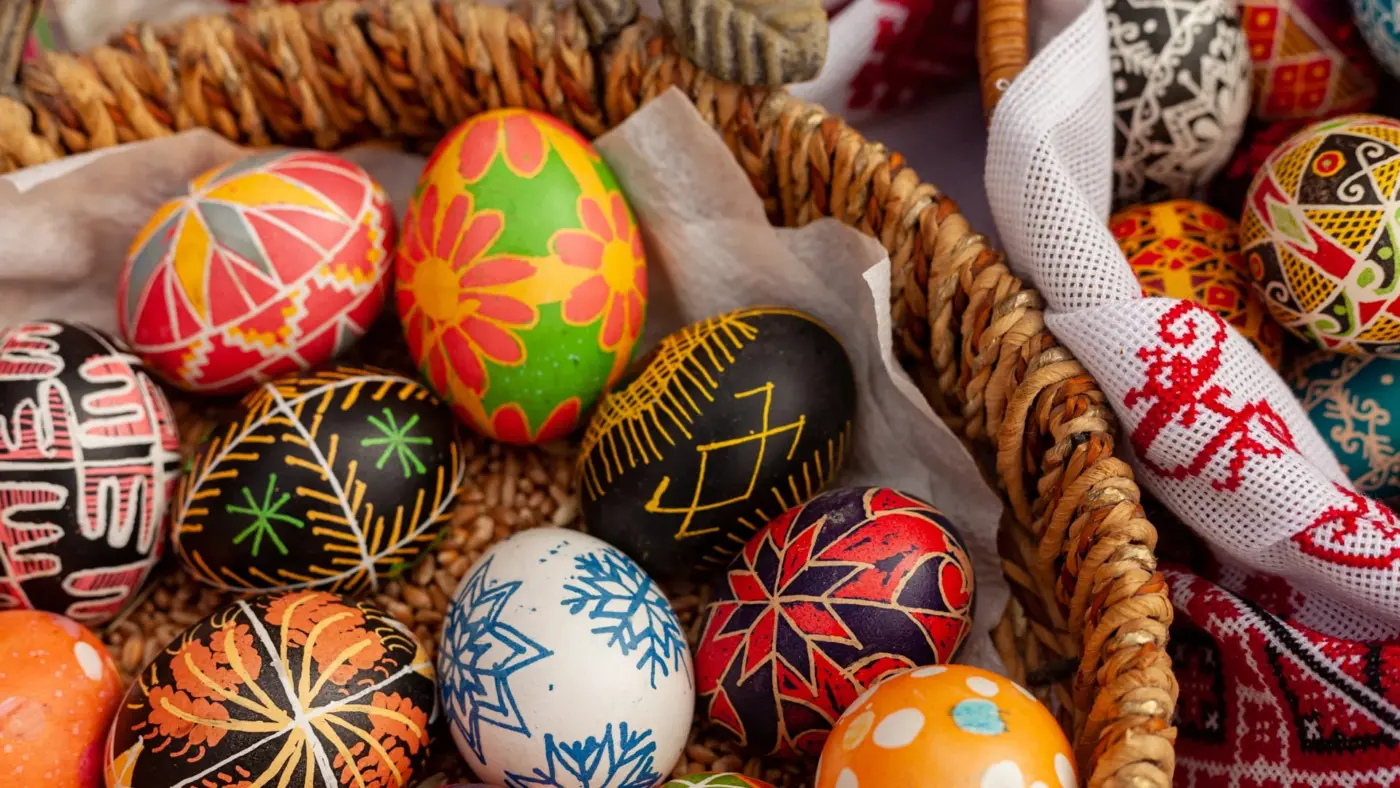Blog
Christmas and Easter: History, Significance, Traditions, and Rituals
History and Significance of Christmas
History of Christmas: Christmas, celebrated on December 25th, commemorates the birth of Jesus Christ. The precise date of Jesus’ birth is unknown; December 25th was chosen in the 4th century by the Western Christian Church. This date may have been selected to coincide with pagan festivals like the Roman Saturnalia or the winter solstice, both of which celebrated rebirth and renewal.
The earliest recorded Christmas celebration dates back to 336 AD in Rome. Over time, Christmas spread throughout Europe, adopting various local customs and traditions. By the Middle Ages, it had become widely established as a key Christian feast, marked by both religious observances and secular festivities.
Significance of Christmas: Christmas holds profound religious significance for Christians, as it celebrates the Incarnation, the belief that God became human in the person of Jesus Christ. This event signifies God’s profound love for humanity and the beginning of the fulfillment of the prophecies regarding the Messiah.
For Christians, Christmas is a time to reflect on the themes of hope, love, joy, and peace. The nativity story, recounting Jesus’ birth in Bethlehem, the visit of the shepherds, and the adoration of the Magi, is central to Christmas celebrations.
History and Significance of Easter
History of Easter: Easter is the oldest and most significant Christian holiday, celebrating the resurrection of Jesus Christ from the dead. It is observed on the first Sunday after the first full moon following the vernal equinox, which places it between March 22nd and April 25th. The dating of Easter was established by the Council of Nicaea in 325 AD.
The week leading up to Easter, known as Holy Week, includes several important events: Palm Sunday (commemorating Jesus’ triumphal entry into Jerusalem), Maundy Thursday (the Last Supper), Good Friday (Jesus’ crucifixion and death), and Holy Saturday (the day Jesus lay in the tomb).
Significance of Easter: Easter is the cornerstone of Christian faith, celebrating Jesus’ victory over death and sin, and affirming the hope of eternal life for believers. The resurrection is seen as the fulfillment of God’s promise of salvation and the definitive proof of Jesus’ divine nature.
For Christians, Easter embodies the message of new life and renewal. It marks the end of the Lenten season, a period of forty days of fasting, prayer, and penance, reflecting Jesus’ time in the wilderness.
Traditions and Rituals Associated with Christmas
Religious Traditions:
- Advent: The season of Advent, starting four Sundays before Christmas, is a time of preparation and anticipation for the celebration of Jesus’ birth.
- Nativity Scenes: Many churches and households set up nativity scenes depicting the birth of Jesus with figures of Mary, Joseph, baby Jesus, shepherds, angels, and the Magi.
- Midnight Mass: Attending midnight mass on Christmas Eve is a widespread tradition, symbolizing the arrival of Jesus into the world.
- Christmas Carols: Singing Christmas carols, which narrate the nativity story and celebrate the joyous news of Jesus’ birth, is a cherished tradition.
Secular Traditions:
- Christmas Tree: Decorating a Christmas tree with lights, ornaments, and tinsel is a central secular tradition, symbolizing life and light in the midst of winter.
- Gift-Giving: Exchanging gifts reflects the gifts given to Jesus by the Magi and the spirit of giving associated with the season.
- Santa Claus: The figure of Santa Claus, derived from Saint Nicholas, embodies the spirit of generosity and is a beloved part of Christmas for children.
- Feasting: Families and friends gather for festive meals, often featuring traditional dishes like roast turkey, ham, and various sweets.
Traditions and Rituals Associated with Easter
Religious Traditions:
- Lent: The forty days of Lent involve fasting, prayer, and penance, preparing believers for Easter.
- Holy Week Services: Special services are held throughout Holy Week, including Palm Sunday processions, Maundy Thursday communion services, and Good Friday reflections on Jesus’ crucifixion.
- Easter Vigil: The Easter Vigil on Holy Saturday night includes the lighting of the Paschal candle, symbolizing Christ’s light, and the proclamation of the resurrection.
- Easter Sunday Services: Churches hold celebratory services with hymns, joyful music, and the decoration of altars with flowers, particularly lilies, symbolizing new life.
Secular Traditions:
- Easter Eggs: Decorating and hunting for Easter eggs, which symbolize new life and resurrection, are popular activities for children.
- Easter Bunny: The Easter Bunny, a folkloric figure, brings Easter eggs and treats to children, similar to Santa Claus’ role at Christmas.
- Feasting: Easter is often celebrated with festive meals, including dishes like lamb, ham, and special breads and cakes.
Conclusion
Christmas and Easter are the two most significant celebrations in the Christian calendar, each rich with history, meaning, and tradition. Christmas, marking Jesus’ birth, emphasizes themes of hope, love, and the divine becoming human. Easter, celebrating Jesus’ resurrection, underscores the triumph over sin and death, offering believers the promise of eternal life. Both holidays are celebrated with a blend of religious and secular traditions that bring together families and communities in joy, reflection, and festivity.

